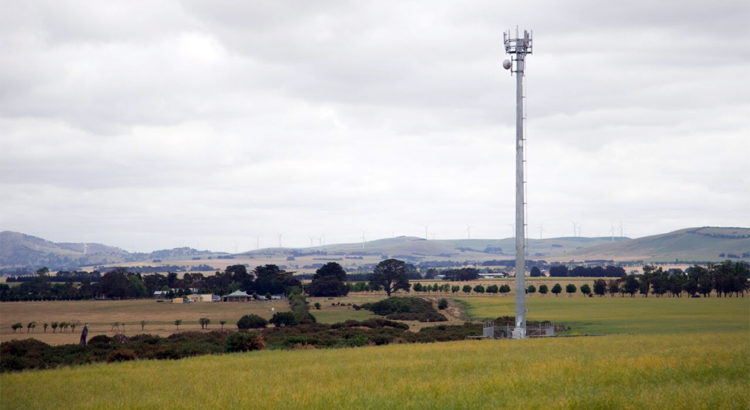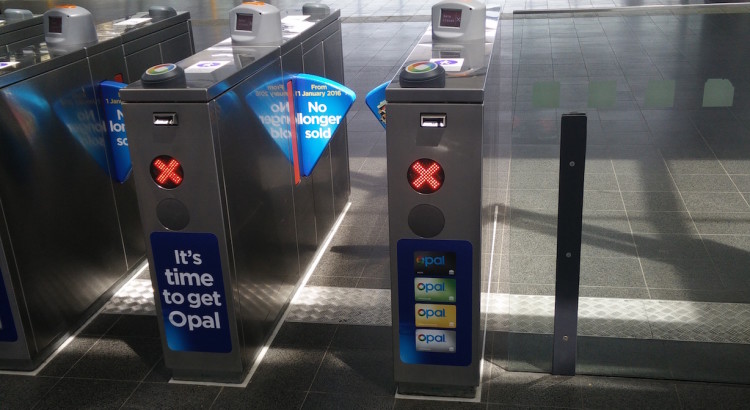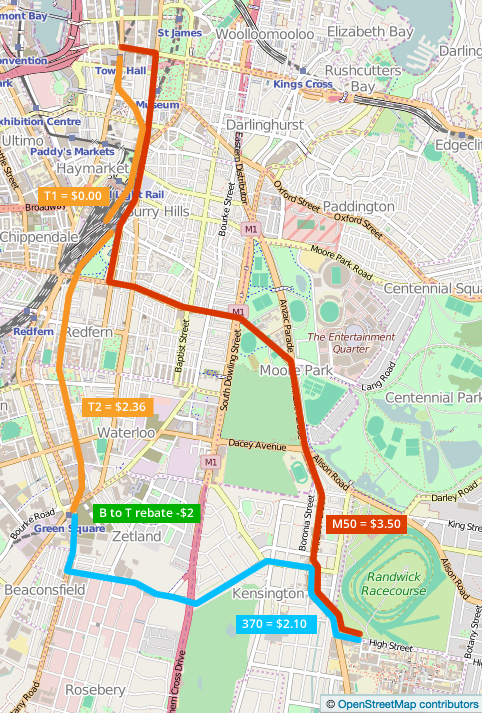Company does away with CVC, but will charge two pricing levels based on metro or regional classification
The company responsible for building the National Broadband Network, nbn, has released an interim agreement for its Cell Site Access Service (CSAS). As previously reported, this product is designed for mobile service providers to connect its cell towers through the National Broadband Network fibre network.
The agreement includes a price list, indicating nbn’s intention to provide cell towers with blended traffic class product including a traffic class 1 and traffic class 2 access virtual circuit (TC-1/TC-2 AVC). All access products include a 5 Mbps TC-1 AVC, with varying amounts of TC-2 bandwidth from 50 Mbps to 900 Mbps.
Unlike the residential/business focused product offered by nbn (NEBS), the CSAS price list and product specification bares no mention of the contentious connectivity virtual circuit (CVC) — the charge imposed by nbn to allow traffic to be carried over from the NBN to the provider’s network.
For the first time, nbn has offered differential pricing based on the classification of the point of interconnect. Access components in metro and outer metro areas will be charged at a lower rate compared with regional areas.
For example, the base product which includes 5 Mbps TC-1 and 50 Mbps TC-2 comes in at $910 in metro and outer-metro areas. However, the access charge will increase to $1,245 for cell towers connected to regional points of interconnect.
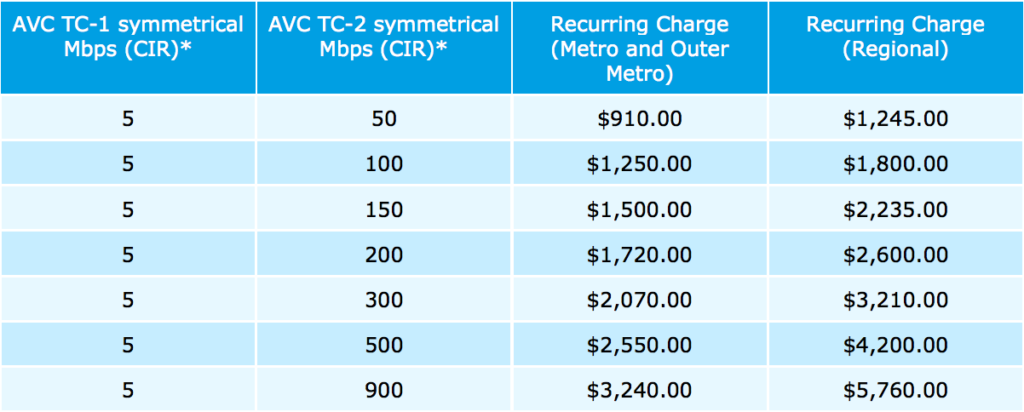
CSAS Network Termination Device
nbn will be providing a specialised network termination device (NTD) for customers of the Cell Site Access Service. Unlike the standard NTD available for residential connections, the CSAS NTD will only have one User Network Interface (UNI) which is accessible through a copper or optical port.
The customer is expected to produce 3 RU of rack space for the installation of the NBN fibre tray, power supply and NTD.
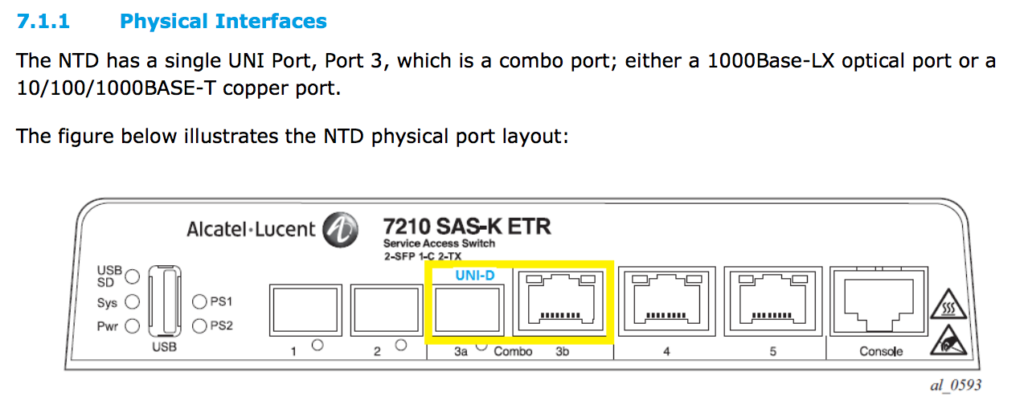
You can find the CSAS pricing list and product descriptions on the nbn website.
Updated 23rd September 2016: to include that CVC appears is not mentioned.
